Last Updated on January 23, 2024
10 Easy Steps to get you started on waste reduction!
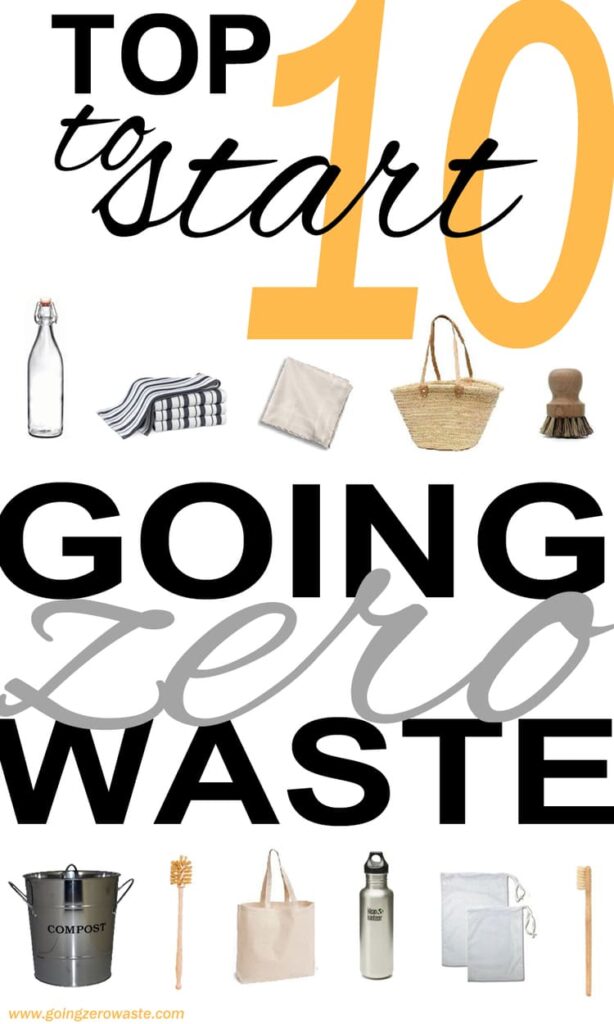
Table of Contents
number one:
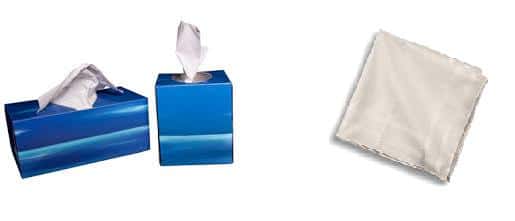
I find carrying a handkerchief to be rather romantic.
It’s great for drying your hands in public restrooms, unexpected tears, wrapping up treats, and of course the sniffles.
I found several frilly ones at a garage sale for a quarter and package free. Unlike tissues, I don’t find my nose chaffing after several uses.
number two:
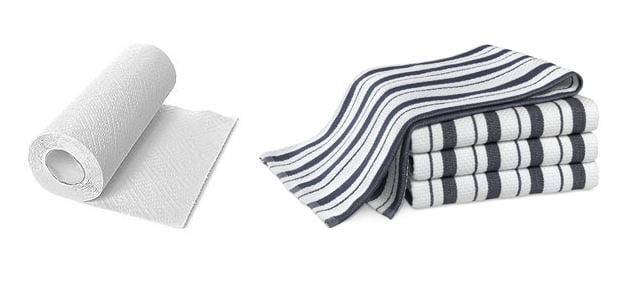
I used to hate drying dishes.
My dish towels were never up to the task; water was spread rather than absorbed.
With these woven cotton cloths I can accomplish loads of chores. Dusting – you bet.
Kitchen counters – a breeze. Drying dishes – absolutely! Wrapping a sandwich to go – of course.
There are so many uses for good dish towels.
number three:
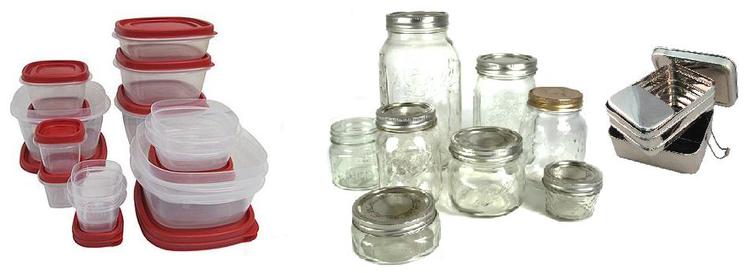
Have you ever left spaghetti in plastic tupperware?
After a couple of hours the plastic is tinged red where the sauce has leached into the walls?
The reverse happens as well. When you store food in plastic, especially if it’s heated, this plastic wall will leach into your food.
BPA free isn’t safe either. Opt for glass or stainless not only are they two of the most recyclable products, but you don’t have to worry about contamination.
I love my metal tiffins. They’re lightweight, sturdy, and you don’t have to worry about them breaking.
number four:
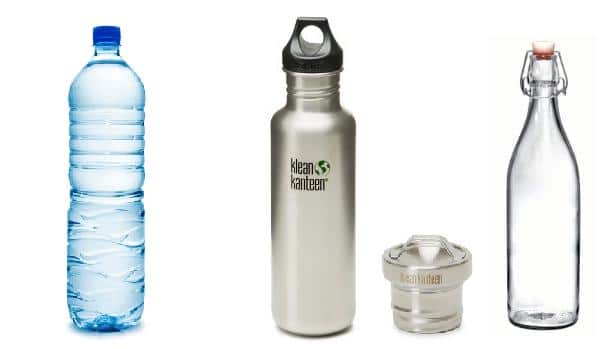
We’re all very aware that plastic bottles are one of the most prevalent items in landfills.
They have an incredibly low recycle rate and can only be downcycled. They will always wind up in a landfill. Here are some fun facts.
They’re also one of the easiest items to replace in your day to day life. It takes 3 liters of water to make .5 liter of bottle water.
It’s an unsustainable and unregulated practice. Get used to your tap water and refill a reusable bottle.
There are a lot of attractive glass and stainless options. You can buy a stainless or bamboo cap for you Klean Kanteen.
I found mine at a thrift store for $2.00 and ordered a shiny new bamboo cap.
number five:
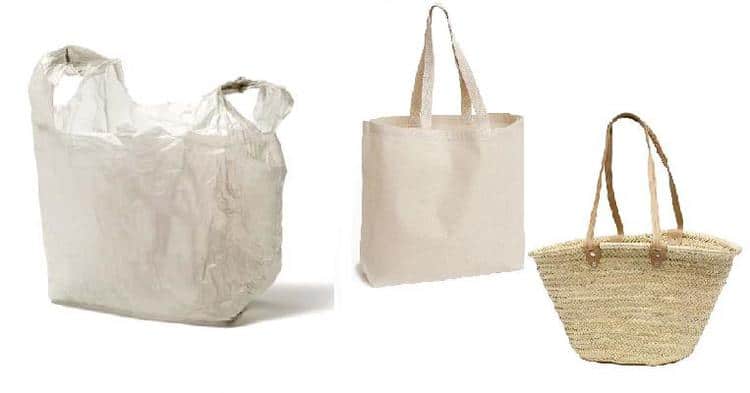
There’s an overwhelming amount of plastic bags in landfills and waterways.
They’re incredibly wasteful and put marine wildlife in danger. It’s a really easy switch. The hardest part is remembering to bring them with you. Try to keep them in the trunk of your car.
Some stores give you cash back for bringing them, and there’s no better incentive than that.
number six:
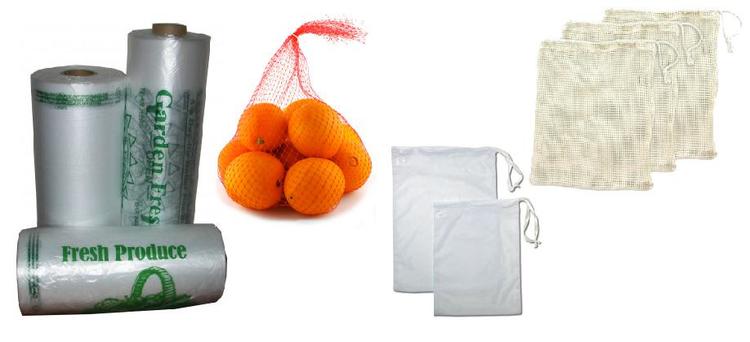
Even produce can’t escape endless plastic.
Spinach comes in plastic bags or boxes, oranges come in mesh, thin plastic produce bags at every corner, and stickers are stamped on every loose item.
The farmers market is the best way to avoid these things. If you don’t have access to a farmers market, you should bring your own produce bags and avoid prepackaged goods.
It’s very simple to sew your own; I used 100% cotton pillowcases from the thrift store. Or you can purchase them on Life Without Plastic.
number seven:
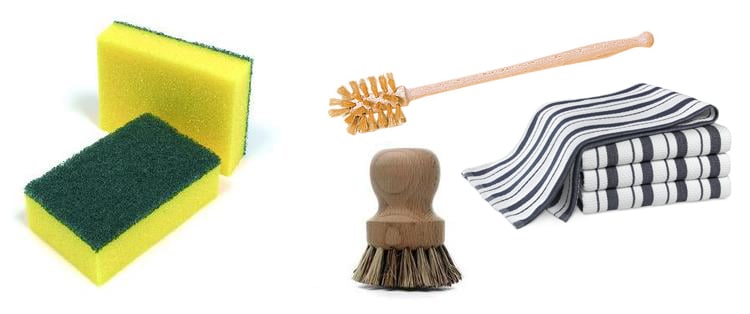
Sponges are a magnet for bacteria, but so are rags. Bacteria like to grow in warm, damp environments.
The brush is the most sanitary, but sometimes it’s difficult to get a brush inside of a jar. I like to use rags for those hard to reach places.
If you wash the rags regularly and line dry them, the heat from the sun will kill the bacteria and naturally brighten them.
All of these things will need to be replaced eventually. The brushes are compostable/recyclable. I’m also interested in trying to grow loofas.
number eight:
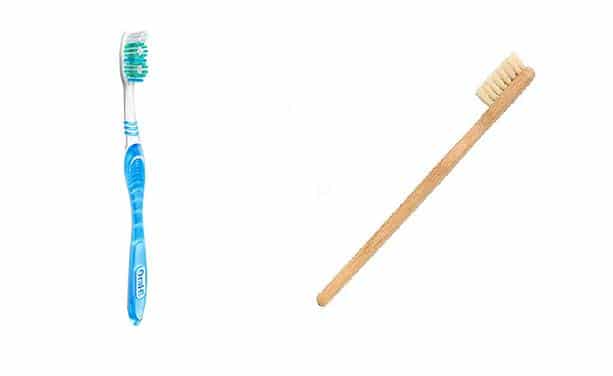
You’re supposed to change your toothbrush every 3 months.
Over a decade one person will send 40 toothbrushes to a landfill. Fortunately there are many bamboo alternatives you can compost.
number nine:
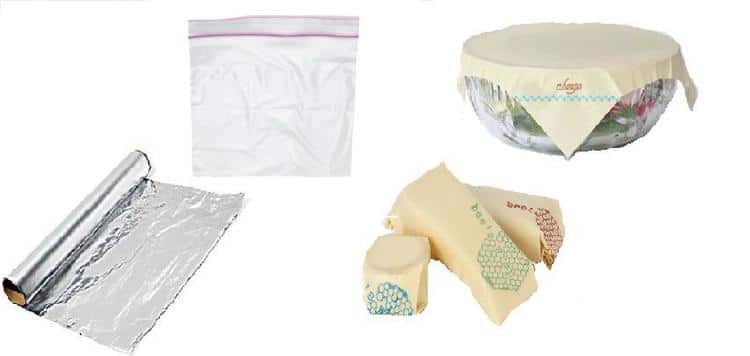
Aluminum foil was the hardest thing for me to give up.
Fortunately they make reusable products that act like foil or cling wrap. Companies like abeego sell a moldable waxed fabric used for preservation. You can also make your own.
The Egyptians were the first to use this technique. You can also use a silicone mat for lining your pans when baking at high temperatures. Ore use them for freezing.
number ten:
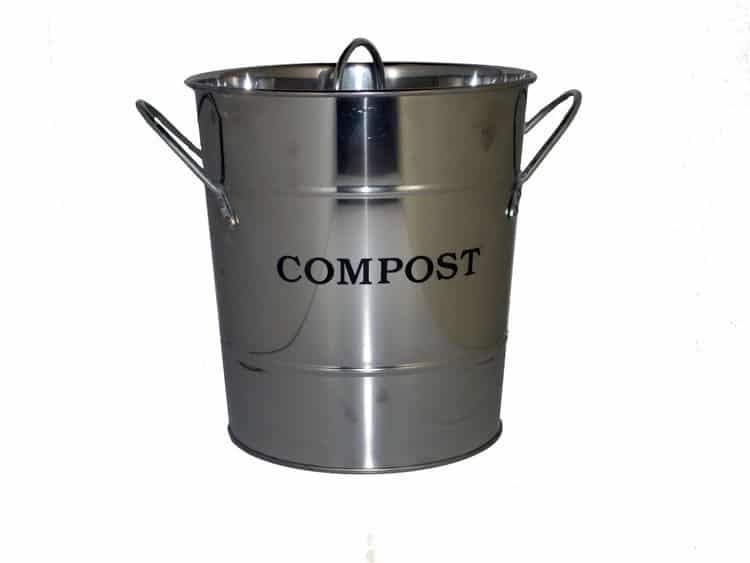
Composting is probably the most important step of all. I found that 80% of everything I threw away could be composted.
You may have municipal compost, but you can also make a backyard compost. Finding the right one for you may be a challenge, but well worth the effort. Food can’t break down in landfills.
Newspapers from 50 years ago are still legible; hotdogs are perfectly preserved. Air can’t circulate properly to let natural things decompose.
Interested? Jump into a free Zero Waste Challenge!
Each day has a new challenge. It’s perfect for beginners to try their hand with actionable waste reduction tips.

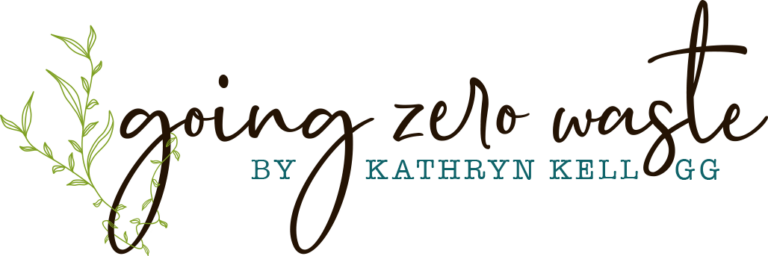
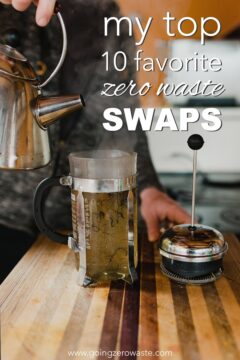


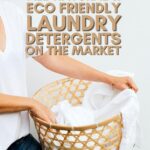

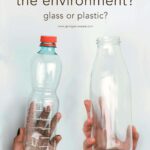
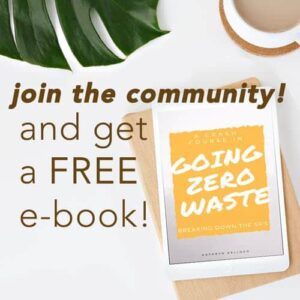

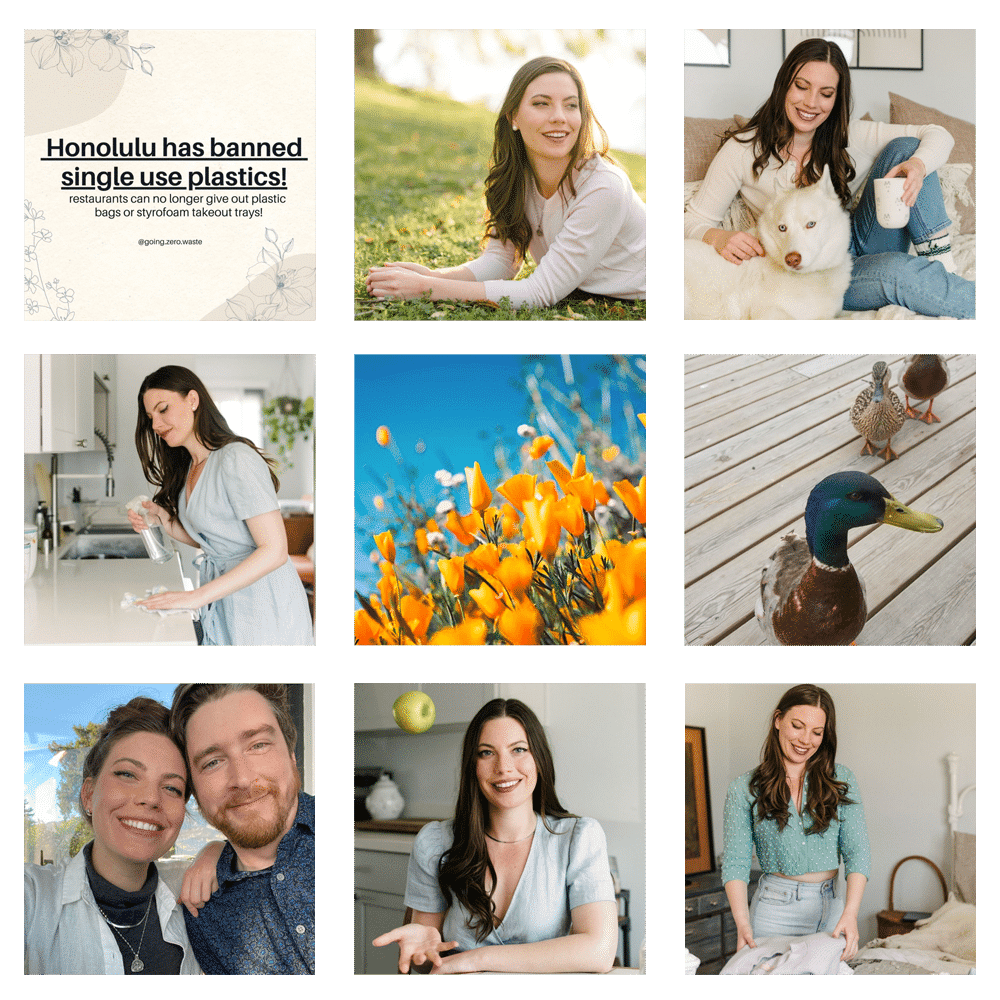
I love these ideas, already use most of them. Love those bamboo toothbrushes, will try to find them. But I wouldn’t compost them after "good use", so many things you can still use them for, you could use them to write the name of the herbs/veggies you’ve planted, if you’ve got lots of them, you could make beautiful boxes ..
I used old toothbrushes for weapons cleaning, the same as I did in the Army. Works great for getting carbon fouling off rifle bolts and such.
Can you recommend a brand for the kitchen towels? I have crappy tea towels that just spread the water around and I think that’s why I don’t use them more.
I just wrote a post called 6 tips for ditching paper towels and link to the ones I have that are AMAZING!
I’ve switched for zero waste in 5/10 things you write about. I hope I’ll go further. Thanks for this blog! 🙂
I agree with all of these ! A couple things I’d add though is … recycle those unavoidable things because not everyone is in a economic position to buy milk/produce from a producer. Meat and dairy should NEVER be composted with veggie/fruit scraps!! Those items ruin the beneficial bacteria in your compost and attract unwanted pests to your compost . Some other things you could add : use mama cloth ,family cloth , cloth diapers, etc. How do you get rid of the aluminum foil for toasting certain foods in the oven ,for example cheese? Also how do you eliminate garbage bags for unavoidable waste like meat packages ? how well does the beeswax wrap keep bread ? Very curious but haven’t found answers with the "zero waste" community. Thanks !
My farmers market is leaps and bounds cheaper than the conventional grocery store. I understand it’s not the same for everyone, but don’t write it off. Meat and dairy are perfectly find to be composted at an industrial facility. You could toast the food just on a baking sheet and clean it after you’re done. Or look into a silicone mat. I have serval that I love. You can buy meat in your own container from the butcher counter. If you can’t, then it will just have to be trash. I prefer to keep my bread in the freezer in a pillow case. Besswrap should keep it well for a couple of days, but any longer I’d put it in the freezer.
Something else that is great to replace cling wrap are these things:
https://www.amazon.com/Charles-Viancin-Lilypad-Lid-Set/dp/B00PRLC2LC
They are absolutely amazing and are so easy to use. You just place them on the plate/bowl and they form a seal far better than cling wrap!
Great tips might try out the toothpaste one, my rubbish removal company Get It Tidy Get It Tidy have been doing our bit for planet earth recently, we’ve been giving away part broken pallets which we remove from rubbish removals and office clearances. My friends kids have been making some nice pallet furniture with it.
I’m trying to buy a lot on bulk stores, they are not so many or not so common in Mexico, but I’m still struggling with it.
I’m concerned about the supply chain of bulk products… I mean: candy, chocolate, pasta, grains and even peanuts… all of them normally come packaged because of transportation and logistics. Do you care for this things too?? I mean, I’m aware of the effort it takes to live ZW, but what’s the point if my trader is anyway throwing away all these packages to sell me in bulk?
I’ve seen grocers stock bulk bins. It’s typically large paper bags that are recycled. You’re still cutting down on a lot of packaging! Go read my Life Without Bulk Options post which discusses this more in depth.
I love these ideas, thanks for sharing! I just posted about how to start reducing your waste without spending money, I’d love for you to check it out:
https://www.simplifyzerowaste.com/blog/2017/12/16/zero-waste-and-broke-how-to-start-for-free
Still something to improve…
a
I’ve already been doing these things for quite a long time, but now I’d really like to achieve zero waste. So I have questions. Most of what I throw away in the garbage is plastic bags. Not grocery store bags, but bags that things come in. For example, bread, cookies, crackers etc. Bacon. Sliced ham. Cheese. And lots more. Yes, I guess I could make my own bread, cookies and crackers, but not ham or cheese! Does anyone know how to purchase cheese (for example) without some kind of plastic covering?
Good question. Try washing out those plastic bags and carrying a couple of them in your shopping bag. Ask the deli person to weigh your purchase and put them in your own plastic bag. Use the smaller bags to wrap your lunch. They take up less space than you think. Then take them home and reuse. Use the big bags from inside cereal boxes to keep lettuce and big produce items fresh in your fridge. I’m always looking for uses for these bags!
I was wondering if you have looked into the environmental impact of the chemicals used in the recycling process. My understanding is that many of the items require the use of toxic chemicals. I’m not advising against recycling; I’m just saying that it’s the third strategy after reducing and reusing. I buy most of my durable good on the secondary market–thrift shops and eBay–and I’n not suffering. I would also remind folks that Chinese companies are frequently in the news for their inhumane labor practices; when we buy products from someone, we make it possible for them to continue the status quo. This is probably true of much of the manufacturing done in the Third World.
I would also recommend looking at youtube videos by 5 Minute Crafts or Blossom for ingenious ways to better use the things you already have; there’s even an easy way to fold fitted sheets! And store plastic grocery bags!
I have a quick question! I try to heat up my foods in pots and pans as often as possible, but what material would you suggest using to put in the microwave? I use plastic containers because I know there’s no risk thay the container or the microwave will be damaged, but is there a good alternative to this?
I had this same thought at first, then I thought maybe just transfer to a regular plate/bowl. Glass tupperware can also usually be microwaved too. You’d just have to be careful when removing it.
I have a question about the silicone products: since silicone isn’t recyclable, do you have plans for the end of life of your silicone items? I’ve been avoiding buying these since I learned that we can’t recycle them. Also, several comments have questions regarding kitchen towels not being very absorbent. I have found that using half (or less) of the "recommended" amount of laundry detergent (seriously–using too much detergent is worse than none at all), and using vinegar in the rinse cycle instead of fabric softener, helps all my towels be very absorbent. Don’t use the fragrance beads, either–those have a wax in them, similar to fabric softener.
Love your quest and others for any attempt at ZW. Our earth needs our attention. Handkerchiefs are good for all things except for sniffles and catching sneezes. It actually keeps the germs on your hands and it spreads germs. In fact, when we sneeze into one the germs shoot towards others at alarming speeds! It is always best to sneeze into your elbow. Check out Myth-busters on the subject and you won’t use that for colds ever again. Cheers for all you do and for staying healthy too 🙂